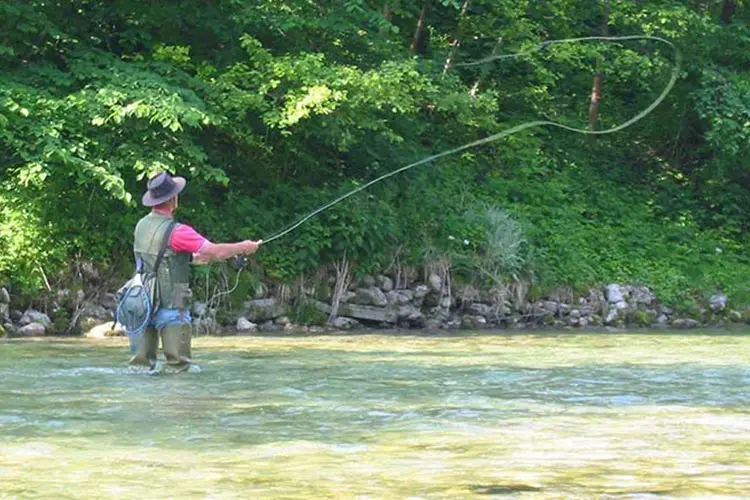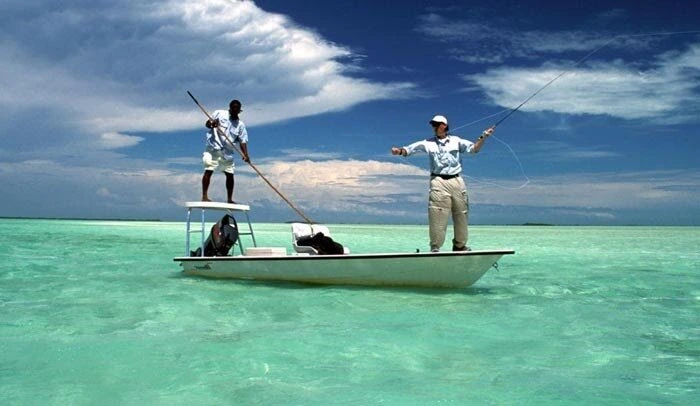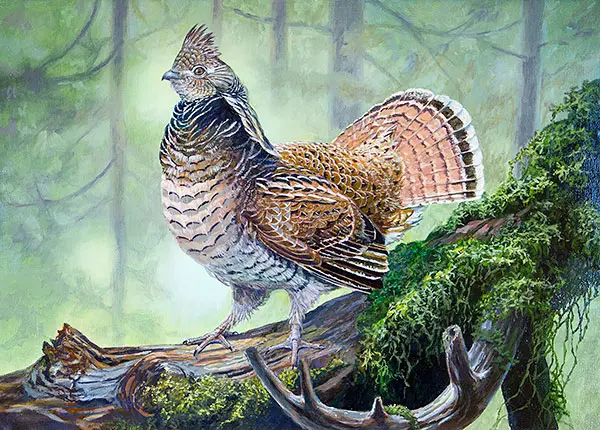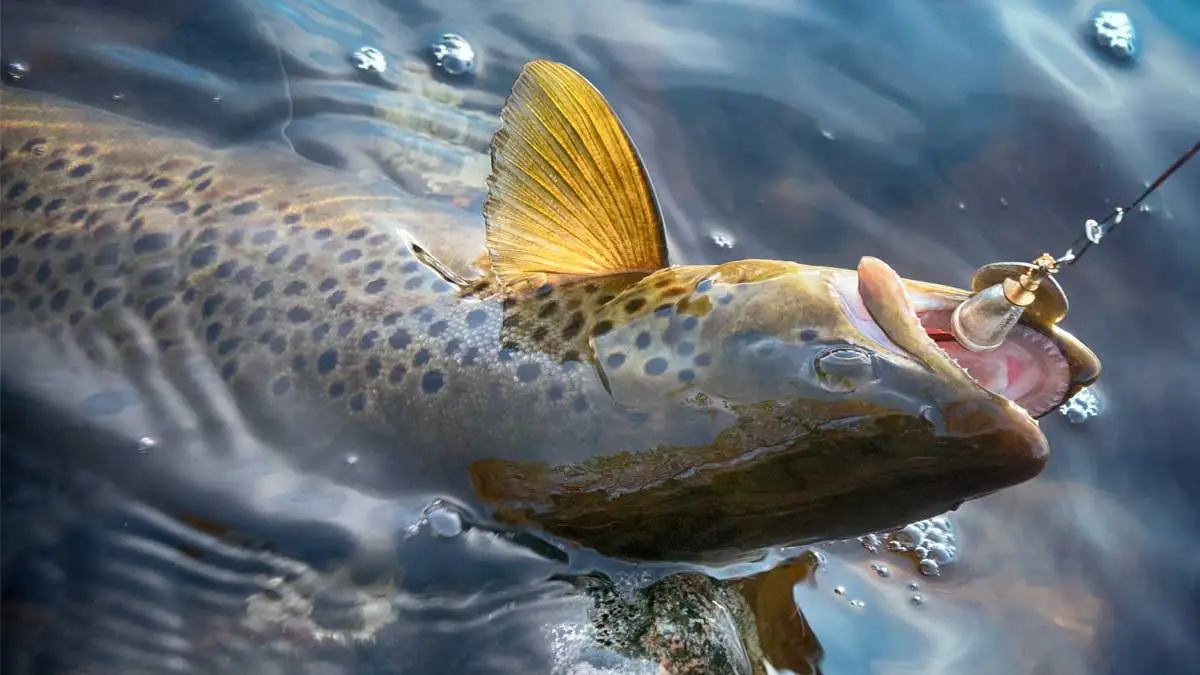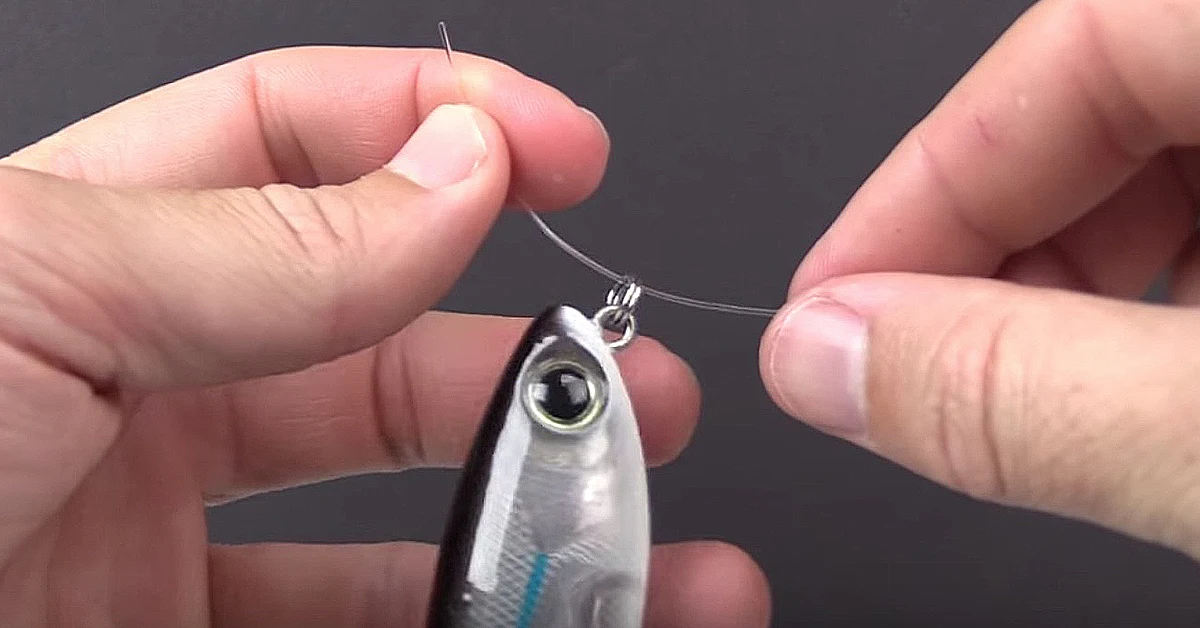Introduction :
Fly fishing is an exhilarating outdoor activity that combines the serenity of nature with the thrill of angling. Whether you’re drawn to the sport by its aesthetic appeal or the challenge it presents, learning the fundamentals of fly fishing is essential. In this guide, we will explore the basic techniques, gear, and strategies that will help beginners embark on their fly fishing journey. From understanding the art of casting to mastering the art of hooking fish, let’s dive into the world of fly fishing.
I. Getting Started: Essential Gear –
Before hitting the water, it’s important to gather the necessary gear. Fly fishing requires a specialized set of equipment that includes a fly rod, reel, fly line, leaders, tippets, and flies. Selecting the right gear can seem overwhelming, but seeking advice from experienced anglers or visiting a local fly fishing shop will ensure you make informed decisions based on your fishing goals and budget.
II. The Art of Casting :
- Grip and Stance: Begin by holding the rod with a relaxed grip, allowing for fluid movement. Stand with your feet shoulder-width apart, perpendicular to your target area, maintaining a balanced posture.
- The Basic Cast: Start with the overhead cast, which involves raising the rod behind you and then swiftly moving it forward in a controlled motion. As the rod reaches the 10 o’clock position, release the line with a flick of your wrist, allowing it to unroll towards your target area.
- Roll Cast: The roll cast is useful when obstacles obstruct the backcast. To execute this cast, sweep the rod backward horizontally, loading it with energy, and then swiftly move it forward, unrolling the line onto the water.
III. Understanding Fly Selection :
- Matching the Hatch: Observe the water’s surface to identify the insects present. Choose flies that mimic the size, shape, and color of these insects. This technique, known as matching the hatch, increases your chances of attracting fish.
- Basic Fly Types: Start with versatile flies like dry flies, nymphs, and streamers. Dry flies imitate insects floating on the water’s surface, nymphs mimic insects in their underwater stages, and streamers mimic small fish or other aquatic creatures.
IV. Hooking Your First Catch :
- Presenting the Fly: Approach the water quietly, casting the fly near potential holding spots for fish, such as undercut banks, fallen trees, or riffles. Allow the fly to drift naturally with the current.
- Setting the Hook: When you feel a tug or see the line move, promptly lift the rod tip upward and back to set the hook in the fish’s mouth. This requires a quick and firm motion to ensure a solid hookset.
- Playing and Landing the Fish: After hooking a fish, keep the rod tip up and maintain tension on the line to tire the fish. Let the fish run if necessary, but always keep control. Gradually reel in the line, carefully guiding the fish to a point where it can be netted or released.
Conclusion :
Fly fishing is a captivating sport that offers a unique connection to nature and a sense of accomplishment with each successful catch. By acquiring the right gear, mastering casting techniques, understanding fly selection, and practicing proper hooking and landing techniques, beginners can lay the foundation for an enjoyable and rewarding fly fishing experience. Remember, patience and persistence are key; as your skills develop, you’ll uncover the artistry and joy that lies within this age-old pastime. So, grab your gear, head to the water, and embark on your fly fishing adventure.
![]()

